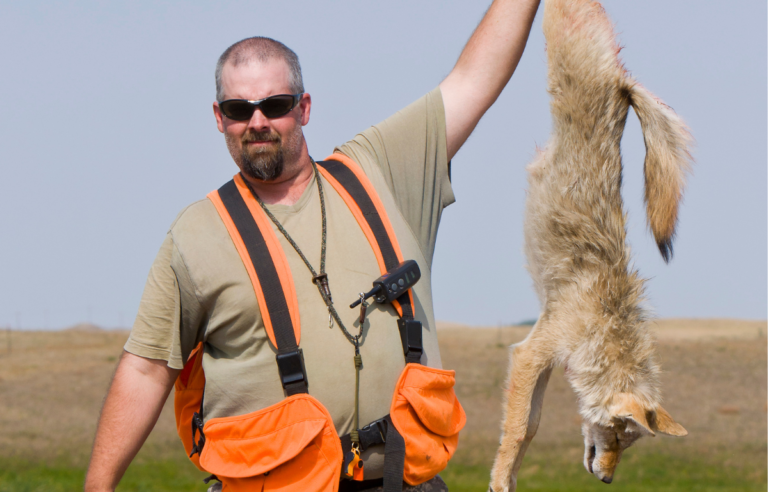Sounds that deer make: Why do deer blow and snort?
Deer are often associated with their graceful and silent movement. They are usually not known for their vocalizations and sounds they make. However, these elegant creatures do communicate with a variety of sounds that have different meanings.
In this article, we will explore the sounds that deer make and what they mean.
Table of Contents
Sounds that deer make
Grunts and Wheezes
One of the most common sounds that deer make is the grunt. Grunts are low, guttural sounds made by both male and female deer, although they are more commonly associated with bucks during the rut.
These grunts serve as a means of communication between deer, signaling everything from aggression to the readiness to mate. Bucks will also make wheezing sounds during the rut, which can be both eerie and fascinating to hear.
Bleat
Deer bleats are often described as high-pitched, nasal vocalizations. Adult does bleat to communicate with their fawns, especially when they want them to stay close or when there is a perceived threat.
Snorts
Deer use snorts to express alarm or warn others of potential danger. When a deer detects a predator or something unusual in its environment. These snorts are meant to alert nearby deer to the potential threat, allowing them to become more vigilant or flee the area.
Rattling
Another fascinating sounds you hear from deer during the rut is the sound of antlers clashing together, known as rattling. Bucks engage in this activity to assert dominance and attract mates. The sound is not produced by vocal cords but rather by the fighting of antlers.
Stomping
While not technically a sound, foot stomping is a significant part of deer communication. When a deer is alarmed or suspicious, it may rhythmically stomp its front hooves on the ground. This serves as both a visual and auditory warning to other deer in the vicinity.
Why do deer blow and snort?
One interesting behavior of deer is their ability to blow air or snort. This behavior is known as “blowing” and it serves an important purpose for the deer. Deer blow or snort to alert other deer in the area that there is a predator nearby or something is out of the ordinary.
When a deer blows, they are releasing a stream of air from their nostrils. The sound is created when air is expelled quickly, creating a loud, snort-like sound. This behavior is usually done when a deer is alarmed or startled.
It is believed that deer use this behavior as a warning to other deer of potential danger. The blowing noise is loud and piercing and can be heard up to a mile away.
Danger
Deer are able to sense danger from a long distance away, and the blowing noise helps alert other deer in the area to potential danger. Deer use this behavior to help protect themselves from predators. They can also use it to scare away other animals that may pose a threat to them. If you are in the deer stand hunting and you hear a deer blow, it either sees you or another predator.
In addition to serving as a warning to other deer, blowing also helps deer to identify each other. Deer can recognize the unique blowing noises of other deer, allowing them to identify members of their own herd. This is especially helpful for deer in large herds, as it allows them to keep track of each other. It doesn’t matter if male or female, both bucks and doe blow and snort as a communication signal.
Communication
Deer also use the blowing noise to communicate with one another. Different blowing noises can indicate different messages. For example, a short, sharp blow might indicate danger, while a longer, softer blow might indicate a friendly greeting.
The blowing of deer is an important behavior that serves many purposes. It helps protect them from predators, allows them to identify each other, and allows them to communicate with one another. Without this behavior, deer would be more vulnerable to predators and could have difficulty staying together in large herds.
Conclusion
Blowing and snorting is an essential behavior for deer. It allows them to protect themselves from predators and helps them to identify and communicate with one another. It is an important behavior that helps keep deer safe and healthy in the wild.








